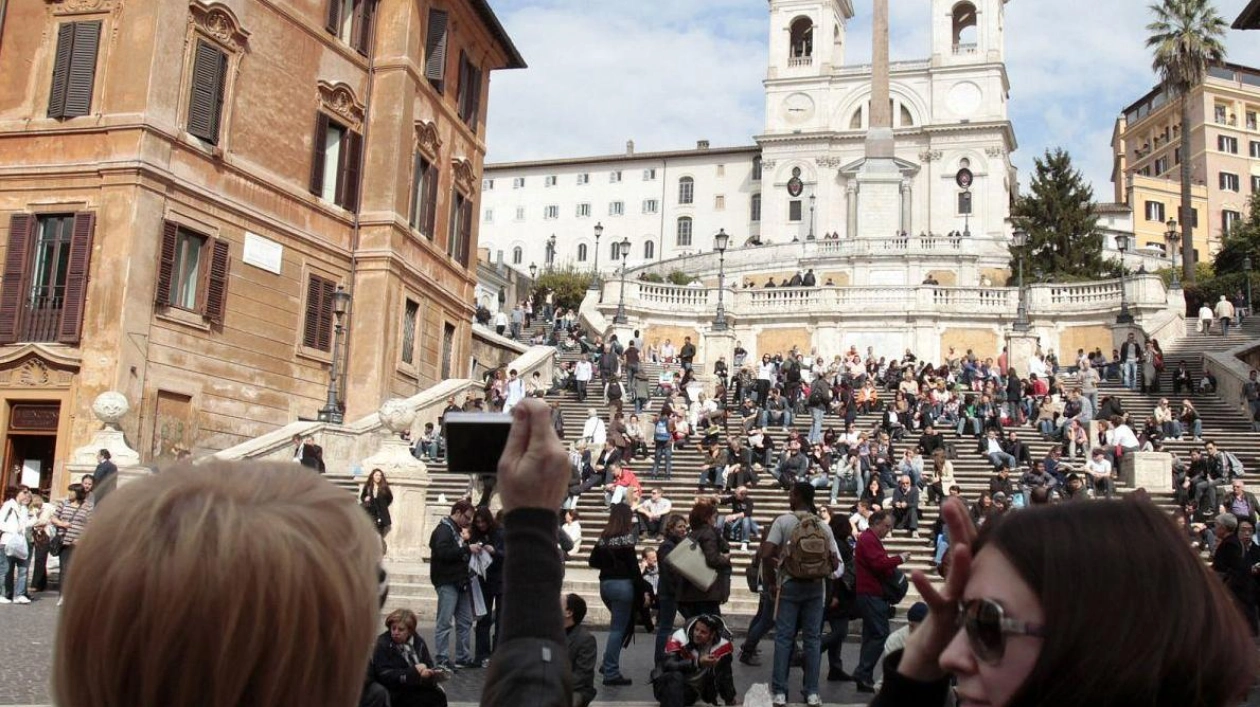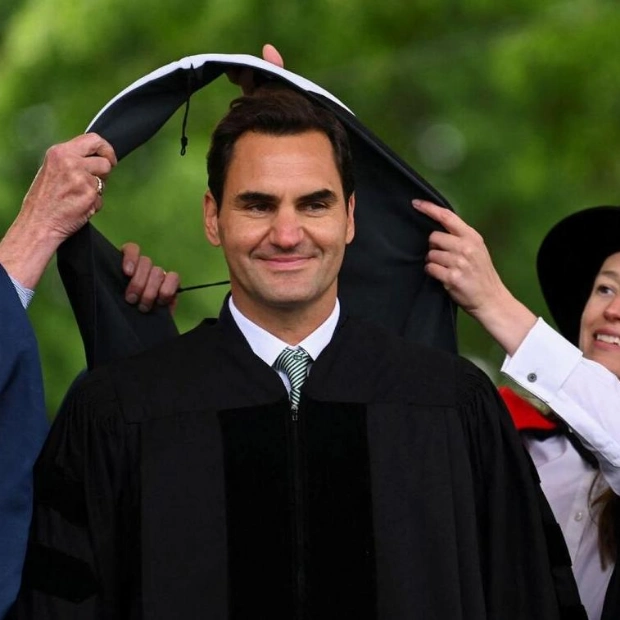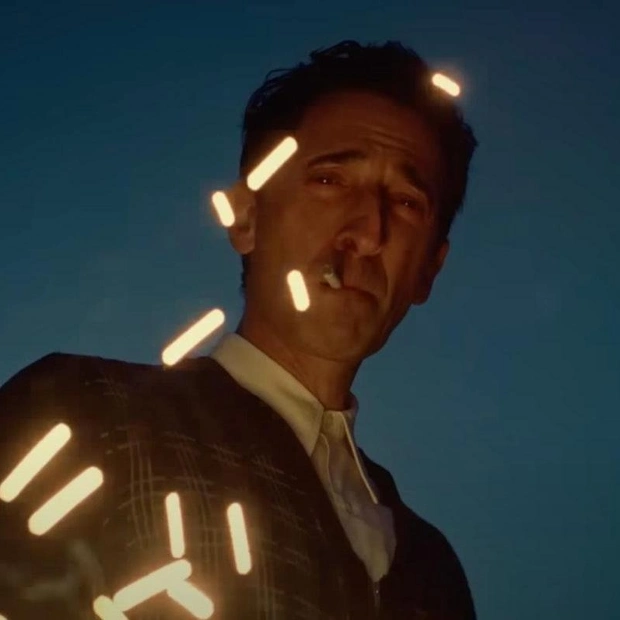Pierre Moscovici, President of the French Court of Auditors, expressed his surprise at the interpretation and distortion of a report concerning the management of religious properties in Italy by French entities, particularly the "Pieux Établissements." He made these remarks to the Italian news agency ANSA in an attempt to quell a controversy sparked by the report's publication earlier this month. The report, which addresses the ownership and maintenance of Rome's iconic Spanish Steps (Scalinata), has heightened tensions ahead of the G7 Ministers' Meeting on Culture in Naples and Pompeii this weekend.
The French magistrates' report calls for a "confirmation of the legal status" of the Spanish Steps to "clarify responsibilities in terms of maintenance and restoration." Designed by Italian architects Francesco De Sanctis and Alessandro Specchi between 1723 and 1726, the Steps were funded by French resources and managed by the Pieux Établissements until the end of the 19th century. However, the report notes that subsequent care has been Italian, albeit negligent according to the French judges.
Italy's Tourism Minister, Daniela Santanchè, was among the first to react to the report, questioning France's reliance on Italian cultural heritage. Fabio Rampelli, Vice-President of the Chamber of Deputies, humorously suggested sending experts to the Louvre to assess assets taken from Italy throughout history. The French heritage in Rome includes five churches and 13 properties in the historic center, such as Villa Medici, valued at around €250 million and generating an annual income of €4.5 million.
The management of these properties is governed by bilateral agreements between France and the Holy See, dating back to Pope Pius VI's 1790 instruction to Cardinal François-Joachim de Pierre de Bernis. During the Fascist era, there was significant pressure to return these assets to Italy, particularly Villa Medici. The current dispute centers on Trinità dei Monti, funded by the French patron Étienne Gueffier, whose testamentary bequest for the construction of the Spanish Steps remains a point of contention.
The Louvre's collection includes numerous Italian works, such as Leonardo's Mona Lisa and Andrea Mantegna's Madonna della Vittoria. Luciano Sandonà, president of the Regional Commission for Institutional Policies, has called for the return of Paolo Callari's Wedding at Cana. Silvano Vinceti, an expert in reconstructing the lives of great artists, argues that if French claims are accepted, Italy should request the return of works taken by Napoleon as spoils of war.
Historian Paul Wescher described the Napoleonic spoliations as "the greatest displacement of works of art in history." Most of these works were taken from secularized ecclesiastical institutions during Napoleon's rule in Italy. Efforts to remove frescoes, such as those in Raphael's Vatican Rooms, were unsuccessful. While most looted works remain in France, some have returned to their original locations or are scattered in museums worldwide.
According to a 1936 catalogue, out of 506 Italian paintings taken to France, 248 remained, 249 were returned, and 9 were untraceable. Antonio Canova's intervention led to the return of many confiscated works to Italy in 1815. Moscovici reassured Italy that the report seeks only clarification on asset status, not claims or privatization. Claudio Parisi Presicce, superintendent of Cultural Heritage of Rome, emphasized that the Spanish Steps are an integral part of Rome's heritage, managed by the city since the 20th century.






